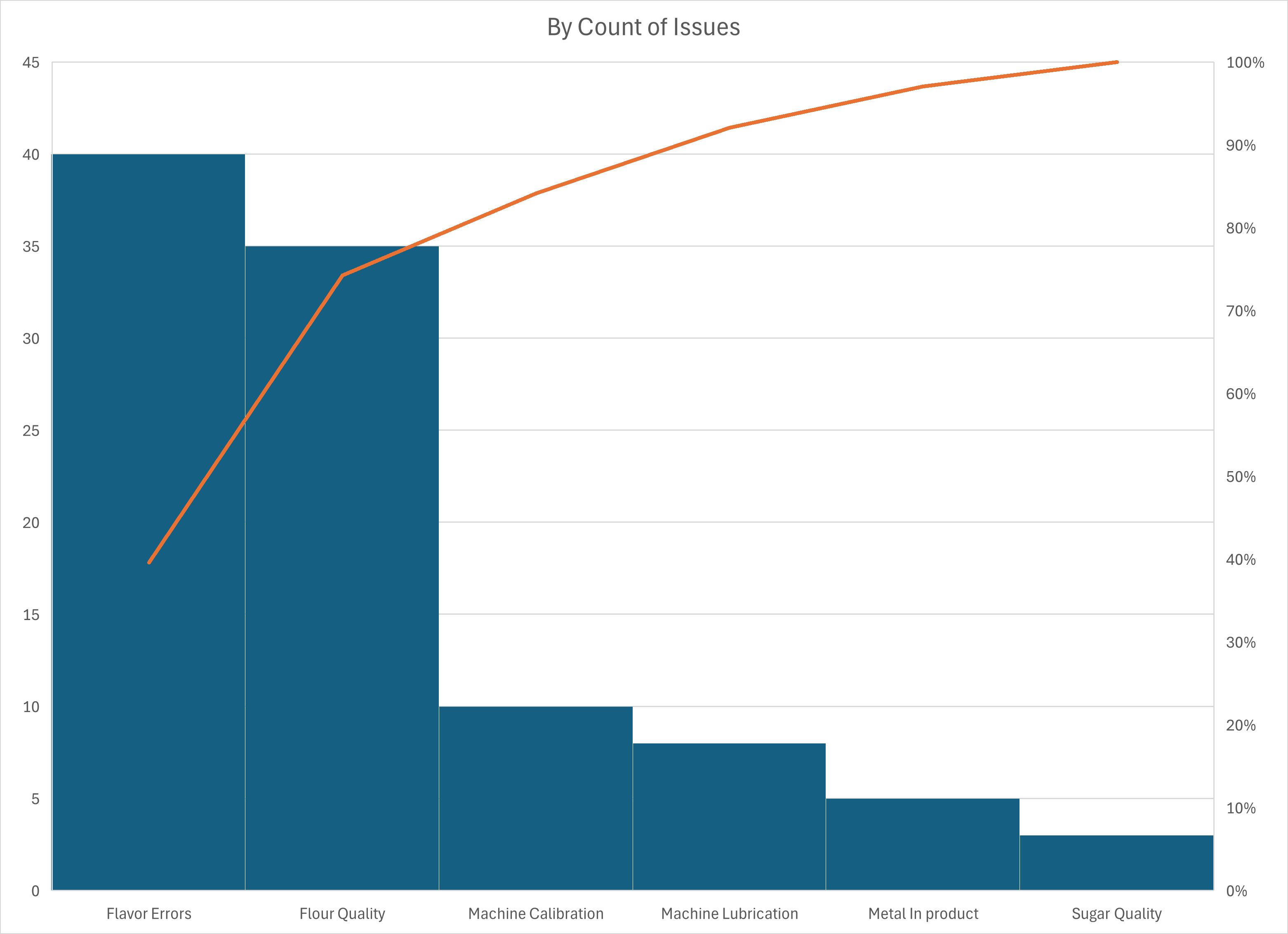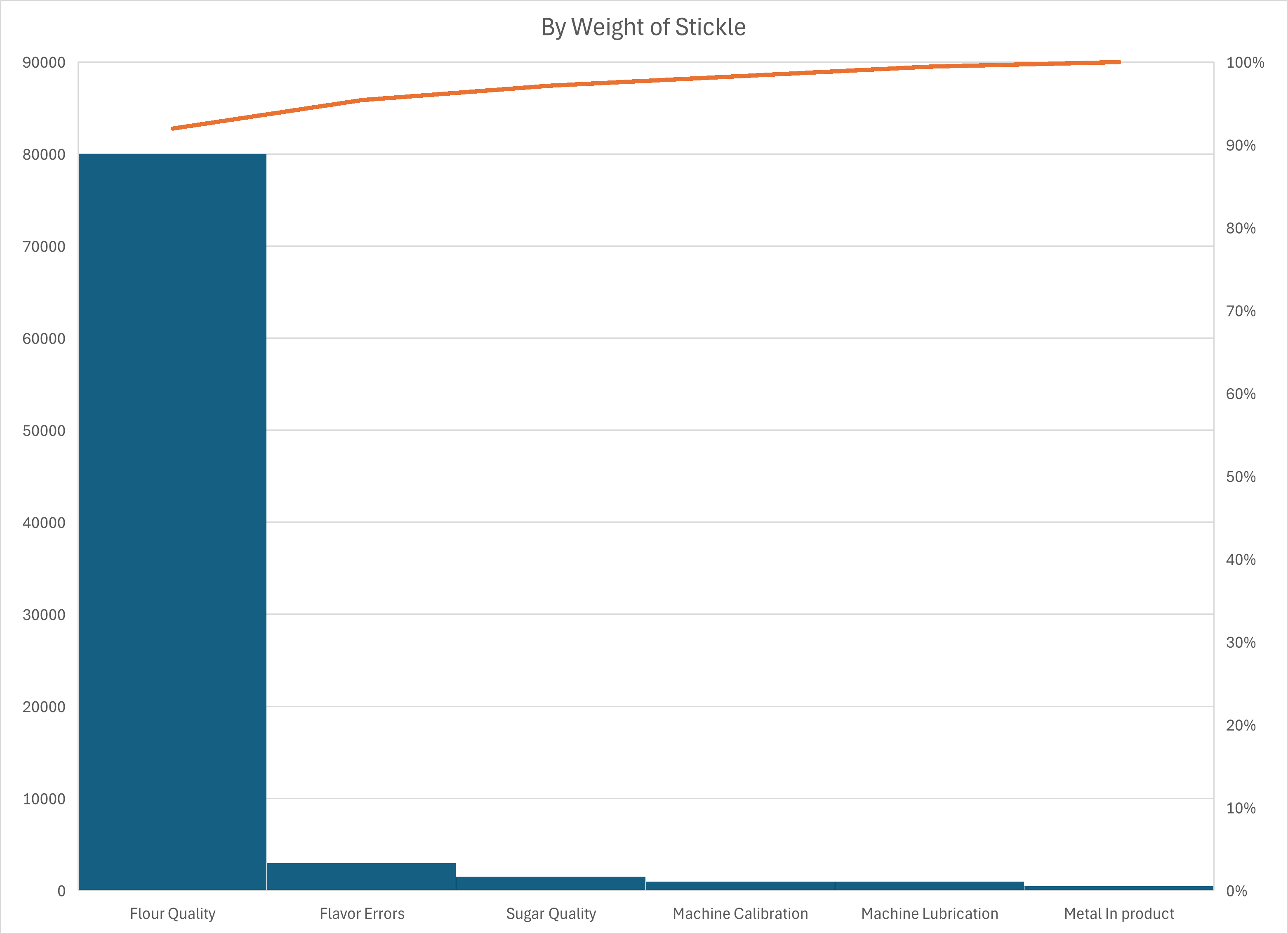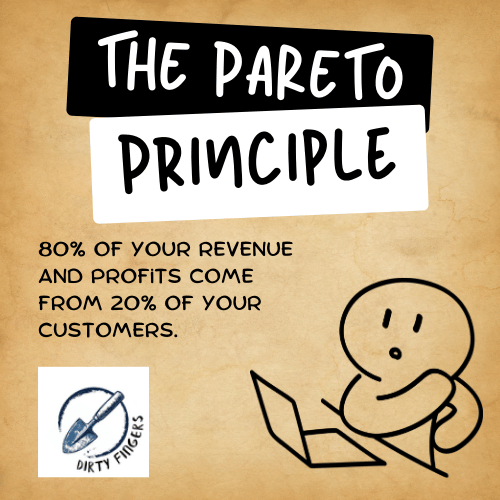Fighting monsters in your organization with the Pareto Principle.

Anyone in a leadership position realizes they spend most of their time dealing with difficulty and dysfunction. The further you rise in an organization, the more challenges you see that need correction. It feels overwhelming and is often the downfall of many promising leaders. The only thing preventing disaster is dumb luck and heroic efforts. It may work in the short term, but leaders must take a different approach for long-term improvement. Use the Pareto principle and prioritization to slay the monsters threatening your organization today.
One of the most shocking things I learned in business school was the 80/20 rule. It says,
"80% of your revenue and profits come from 20% of your customers."
It felt like madness to me. Every customer was essential, and each sale or service generated some profit. At the time, I was working in the casino business, so I asked the casino manager if I could test this rule and view the revenue figures from each pit in the casino. The casino manager chuckled at my naivete and said yes. He even offered me a comp to the steakhouse as a bet if the 80/20 rule was wrong.
I never got that steak dinner. Looking at six weeks of daily reports from the table games area quickly confirmed the 80/20 rule. The high-limit blackjack pit and baccarat table outperformed the other table games in the casino by a factor of four. These tables were so profitable that house wins quickly paid for free meals, hotel stays, and other perks to those 'high roller' customers. It is why each pit boss had little black books to track high rollers; the riverboat casinos of my early adulthood stayed afloat thanks to these patrons.
What was confirmed in the casino business became apparent in the other industries I worked in. My Fortune 500 publishing company received less favorable pricing and service because they only did $35 million in business with Microsoft. The insurance company in the next building had Microsoft cloud architects on staff to provide support because they had over 200 million in cloud and software licenses. The 80/20 rule dominates business because every established business wants to maximize profits and revenue so that it will bend over backward for its 'high-rolling' customers.
What works for sales and service works for other industries. Manufacturing organizations want to track and reduce waste because it represents easily found revenue. It is like money you see in the washing machine, which you forget about when doing laundry. Marketing teams find customers who pay the bills and often fire those who do not measure up. It explains the prevalence of prescription medicine commercials on network news broadcasts. The list is endless because many business leaders understand the cruel math of the 80/20 rule.
As a coach or scrum master, you must be sensitive to this rule of business and leverage it in your practice. Another description of the 80/20 rule is the Pareto principle. In terms of waste or profits, a small portion of your business, if changed, can make a significant difference. Before you make those corrections, you need to start measuring things. How long does it take work to flow through the system? Examine the pain points of how you do business and provide them with a monetary value. Show how specific challenges affect outcomes. Finally, someone should put this information into a chart because, as we all know, executives are visual learners (and can't possibly be expected to grapple with anything resembling complex data without pictures).
The best tool for showing the connection between effort and results is something called a Pareto chart. The fictional example below is of a licorice company with a problem with 'stickle.' The industry calls a product unsuitable for human consumption "stickle," so they repurpose it as animal feed. Businesses shut down factories that produce too much stickle because stickle is less profitable than candy. After closely examining the causes of stickle, the engineering team developed two Pareto charts. The first is the number of Stickel incidents in line runs. The other is the weight of the stickle produced in pounds.
Let us look at each.

As you can see, flavor errors often happen and are the most significant cause of Stickel in our mythical candy plant. The next step is flour quality, and the final is machine calibration. If you are in charge of the candy plant, it is up to you and your team to find out how to reduce these occurrences.
Next, let us look at the same chart by the weight of stickle generated in thousands of pounds.

Reviewing this chart clarifies that flour quality must be addressed operationally and from a procurement perspective. Fixing this issue will make the plant more profitable and significantly reduce waste. It could also mean the difference between a bonus and equity stake in the organization and unemployment.
The Pareto principle dominates all forms of the business world, so pay attention and see where you can improve your organization. Measure things and then use that information to make intelligent decisions. Otherwise, the monsters in your organization are going to get you.
Until next time.





Comments ()